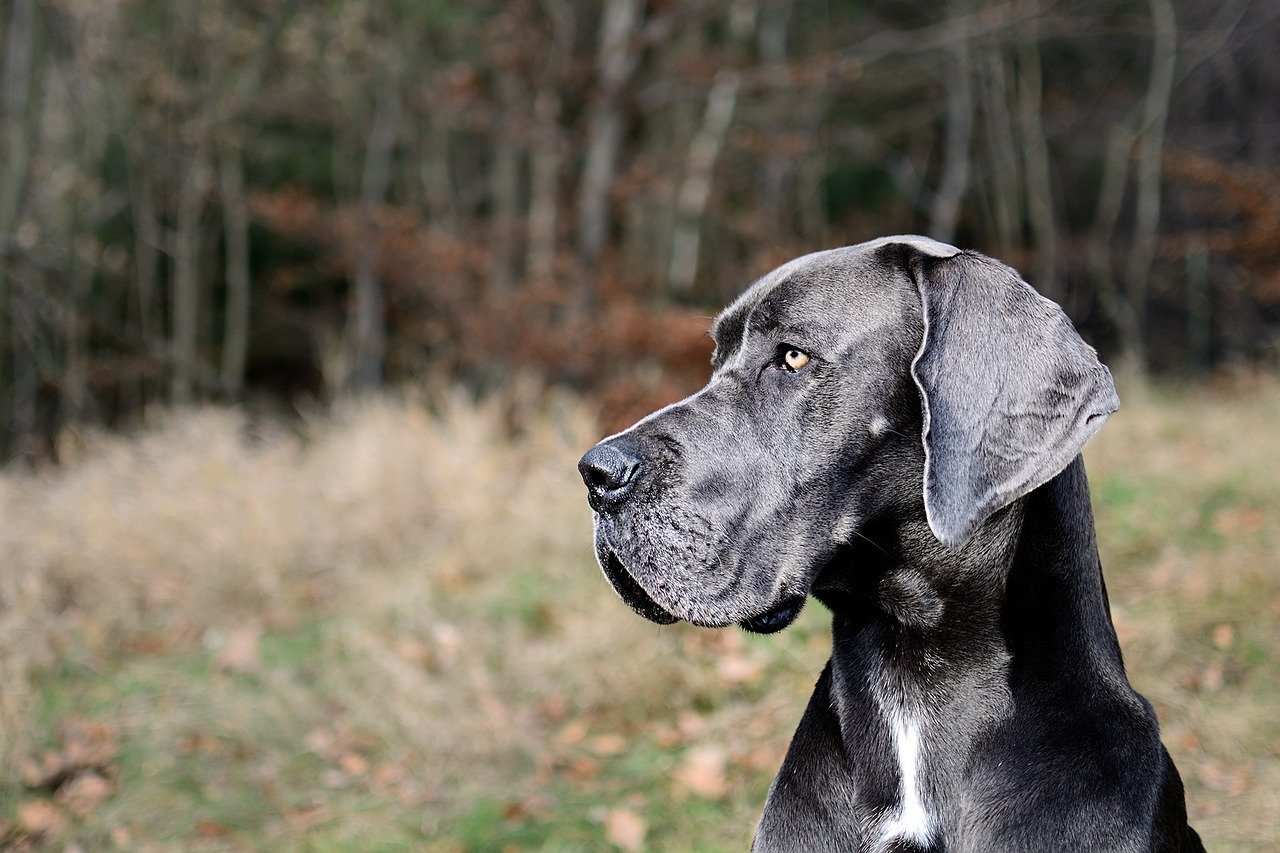Have you ever locked eyes with a Great Dane and felt your heart melt? Those big, soulful eyes and lumbering frames make them seem like teddy bears come to life. But what if the popular image of the “gentle giant” is only part of the story? There’s a surprising side to Great Danes that many dog lovers overlook—one that’s filled with challenges, misunderstandings, and sometimes, heartbreak. If you’ve ever dreamed of welcoming one of these majestic dogs into your home, you might be shocked by what you don’t know.
The Myth of the Gentle Giant
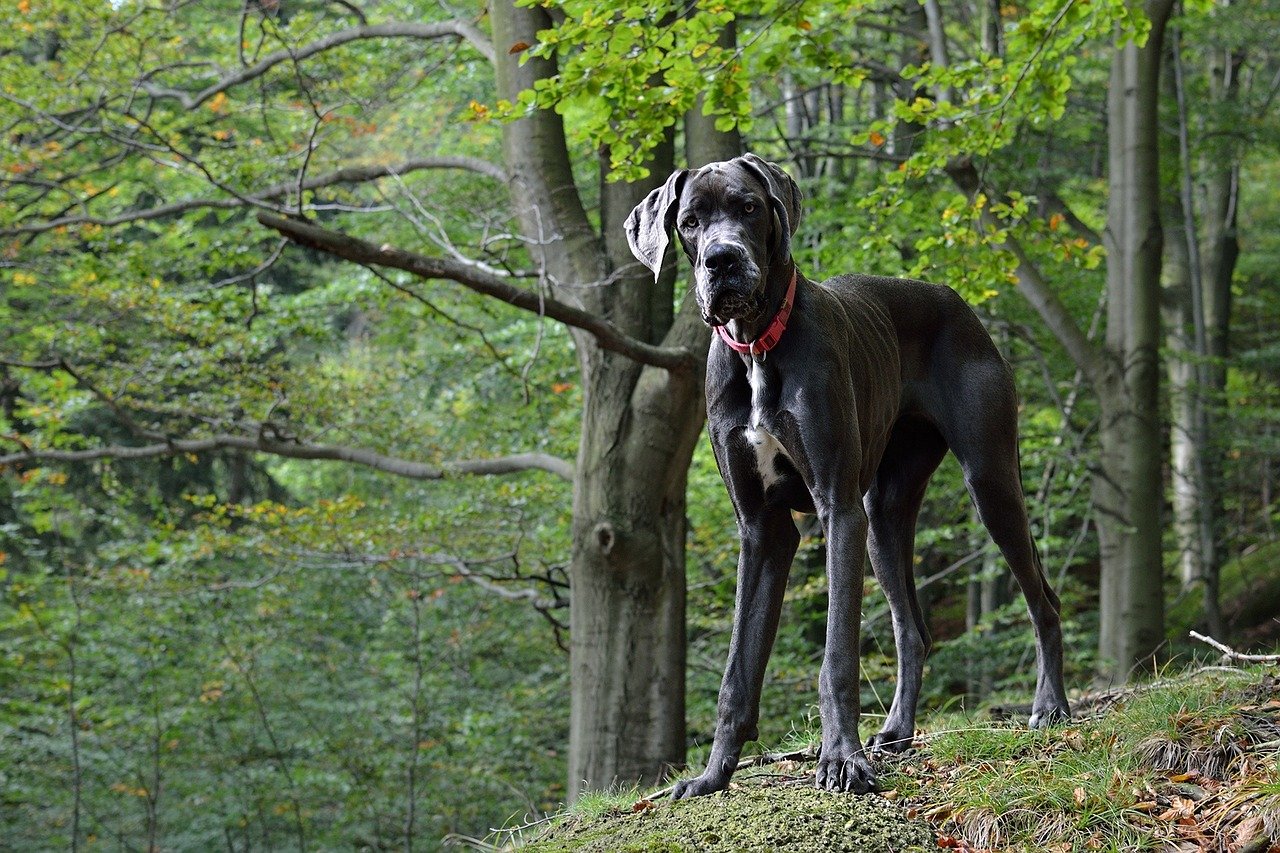
Great Danes have earned a reputation as the “gentle giants” of the dog world. Their calm demeanor and affectionate nature are often highlighted in social media posts and heartwarming videos. It’s easy to fall for this narrative when you see a 150-pound dog patiently cuddling a toddler or snoozing on the couch. The truth is, while many Danes are gentle, this breed’s personality varies more than people realize. Not all of them are born with a laid-back attitude.
Some Great Danes can be anxious, aggressive, or stubborn. Their size amplifies any behavioral issues, making a spirited Dane much harder to manage than a feisty terrier. Owners sometimes discover, too late, that a dog they thought would be mellow and sweet is actually a handful—capable of knocking over adults, chasing cats, or showing signs of fear-based aggression. The legend of the gentle giant is real, but it’s not the whole story.
Size Isn’t Just for Show
The sheer size of a Great Dane is awe-inspiring. When they stand on their hind legs, they can tower over most humans. This massive size isn’t just impressive—it brings real challenges into daily life. Imagine your dog accidentally bumping into a coffee table and sending everything flying. Or picture a playful jump turning into a full-body tackle. These “accidents” happen more often than you’d think.
Living with a Great Dane means adapting your home and lifestyle. Doorways, furniture, and even vehicles need to accommodate their bulk. And if they get excited or scared, their reactions are magnified. It’s like living with a small horse—adorable, but not always easy. If you’re not prepared for the realities of giant dog ownership, you might find yourself feeling overwhelmed or even unsafe.
Training Woes and Stubborn Streaks
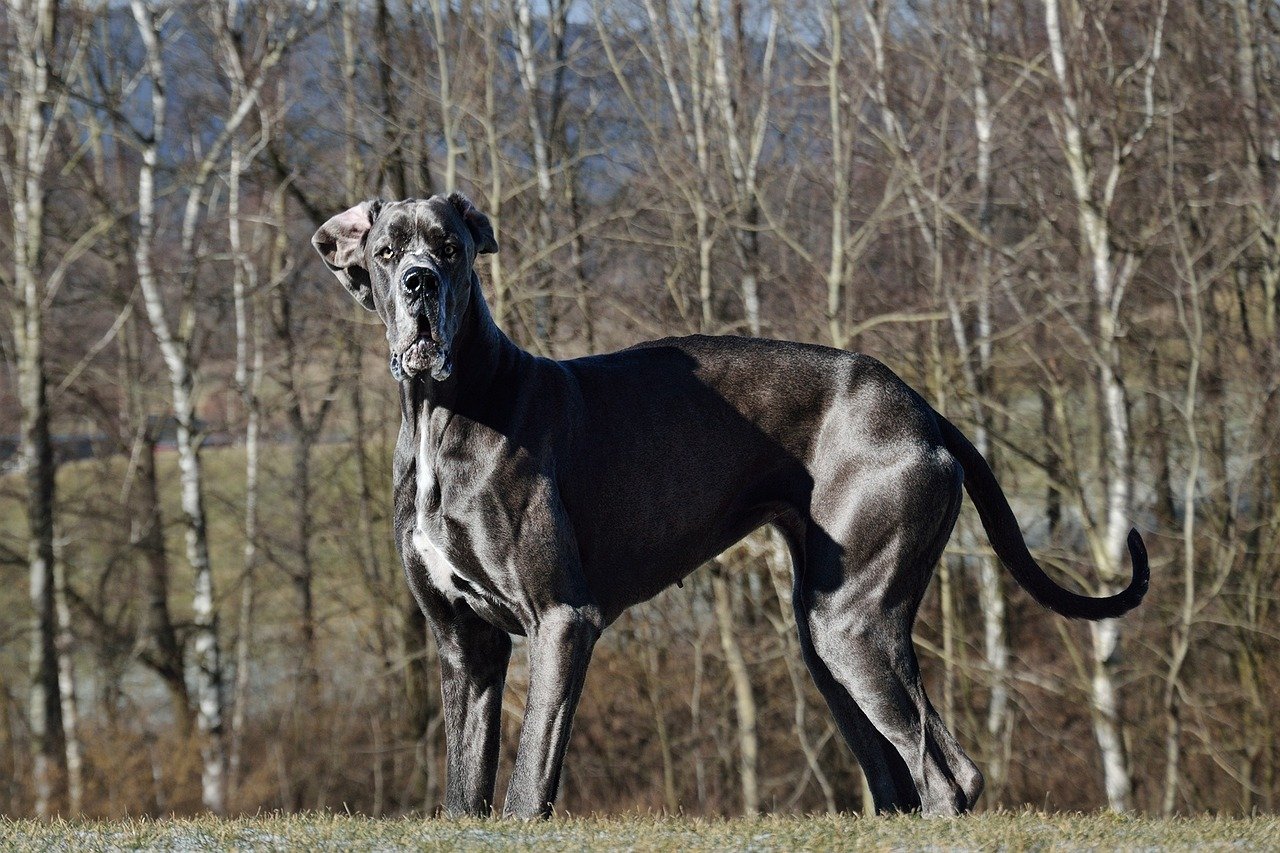
Training a Great Dane is often described as easy, but that’s not always true. Yes, they’re intelligent and eager to please, but they can also be headstrong and willful. Some Danes pick up commands quickly, while others pretend not to hear you. Consistency is key, yet their stubbornness can test even experienced dog owners.
Because of their size, any lapses in training are magnified. A jumping puppy is cute, but a jumping adult Dane can knock over grandma. Early socialization is crucial to prevent fearfulness and aggression. Unfortunately, some owners underestimate how much time and patience is needed. Skipping these early steps can lead to a lifetime of behavioral headaches.
Health Problems Lurking Beneath the Surface
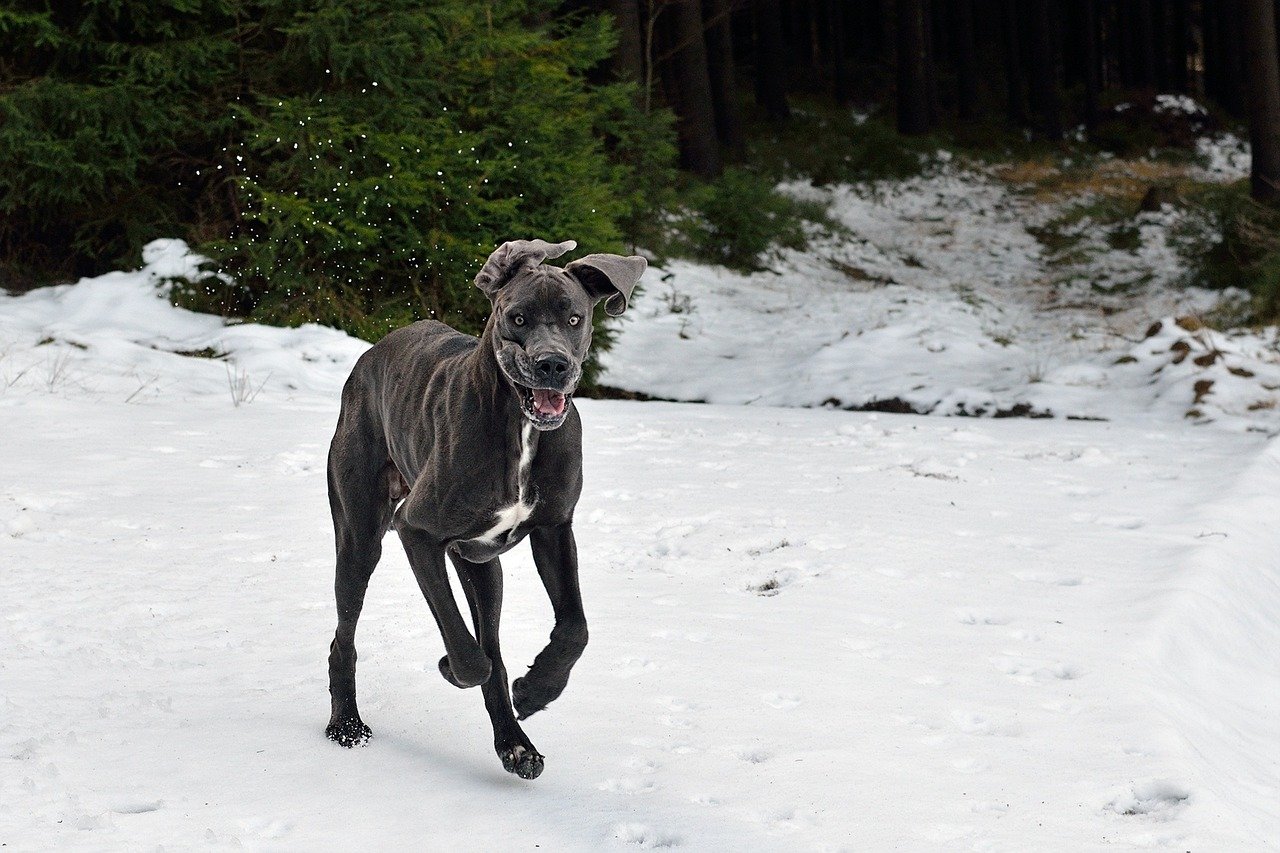
Great Danes are famous for their short lifespans, but the health issues run deeper than most people realize. Heart disease, hip dysplasia, and bloat are just the tip of the iceberg. Bloat, in particular, is a life-or-death emergency that strikes Danes more than almost any other breed. It’s a terrifying experience—your dog’s stomach twists, cutting off blood flow, and you have only hours to get help.
Chronic pain and mobility problems are common as Danes age. The cost of medications, surgeries, and special diets can quickly add up. It’s heartbreaking to watch such a majestic animal struggle with health problems, especially when the average Dane only lives six to eight years. Prospective owners should be prepared for both emotional and financial challenges.
Feeding the Beast
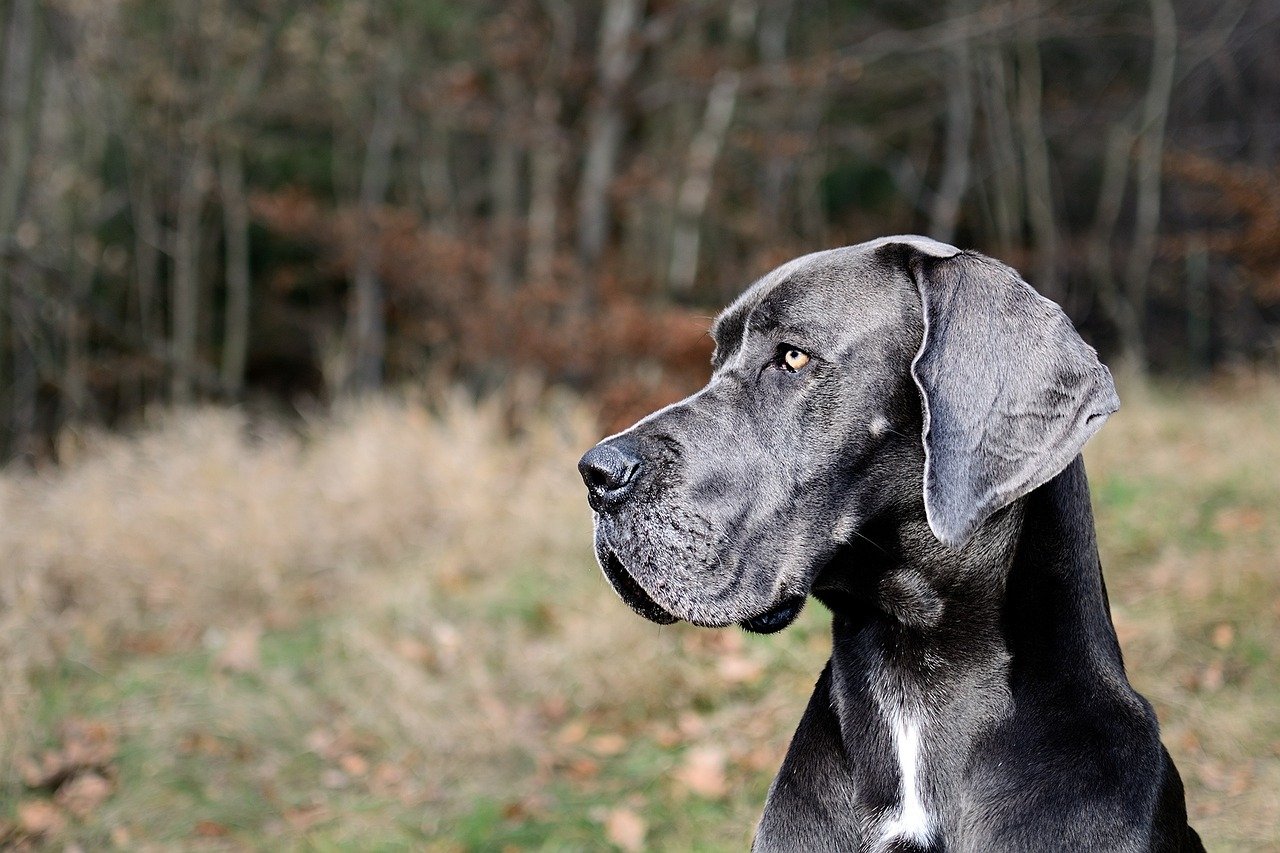
Feeding a Great Dane isn’t just about giving them more food; it’s about careful nutrition and portion control. These dogs have delicate digestive systems and are prone to gastric issues. Overfeeding, or feeding the wrong foods, can trigger serious health problems. Even the cost of high-quality dog food can be shocking—think hundreds of dollars every month.
Managing a Dane’s diet means measuring every meal, monitoring for weight gain or loss, and sometimes preparing special recipes. Treats have to be given sparingly, and table scraps are a big no-no. For many people, the reality of feeding such a large, sensitive dog is a daily challenge they didn’t expect.
Space: The Final Frontier
If you think your apartment or small house can handle a Great Dane, think again. These dogs need room to stretch out and move around without bumping into everything. A cramped living space can make a Dane anxious or even destructive. They need a soft, spacious place to sleep because their joints are sensitive and prone to calluses.
Yards are important, too. A Dane needs somewhere safe to run and play. Without enough space, their energy can turn into frustration or mischief. I once visited a friend who tried to keep her Dane in a tiny city apartment—her couch and coffee table didn’t last a month. Space isn’t a luxury for these dogs; it’s a necessity.
Protective Instincts Gone Wrong
Despite their friendly reputation, many Great Danes have strong protective instincts. They were originally bred as guard dogs and hunters, and some still carry those genes. While it’s comforting to have a dog that looks out for your family, these instincts can backfire. A Dane that feels threatened can become defensive, even aggressive.
This protective streak means they may not always be welcoming to strangers, delivery drivers, or even visiting friends. Their bark is deep and intimidating, and their size alone can be frightening. Socialization and training are absolutely vital to ensure they don’t see every new person as a potential threat.
Emotional Sensitivity and Anxiety
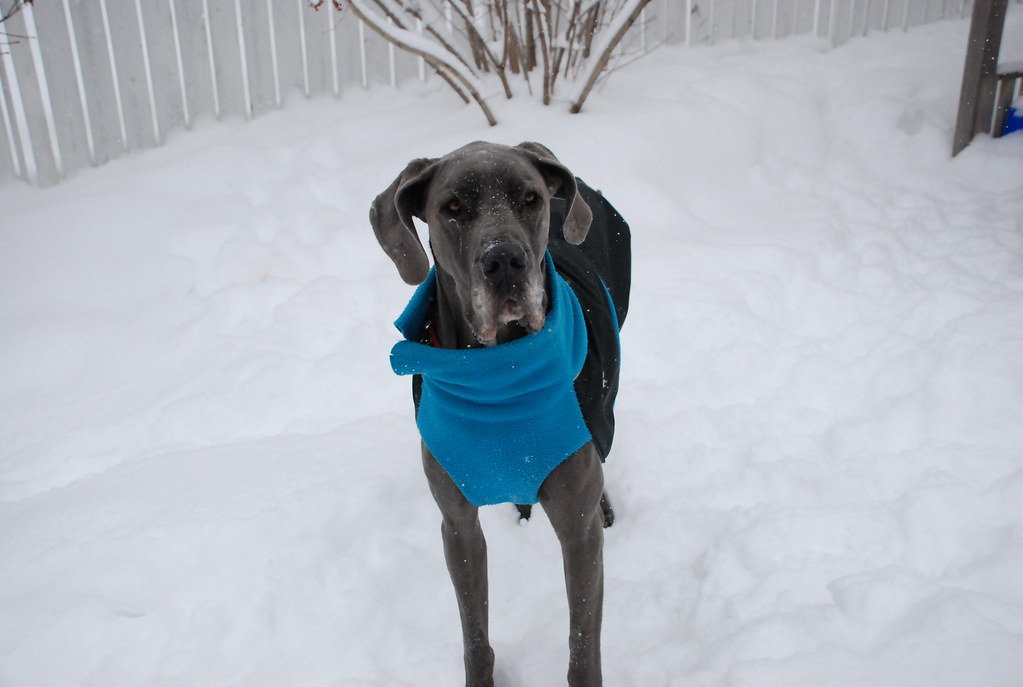
Great Danes are extremely sensitive and can be prone to anxiety. Loud noises, changes in routine, or being left alone for long periods can send them into a tailspin. Separation anxiety is especially common—they want to be near their people at all times. I’ve seen a Dane chew through a door just to reunite with his owner.
This emotional vulnerability means they need extra attention and reassurance. Leaving a Dane alone all day isn’t just unkind—it can lead to destructive behaviors, depression, and even health issues. They’re not the best choice for people with busy, unpredictable schedules.
Financial Realities of Owning a Giant
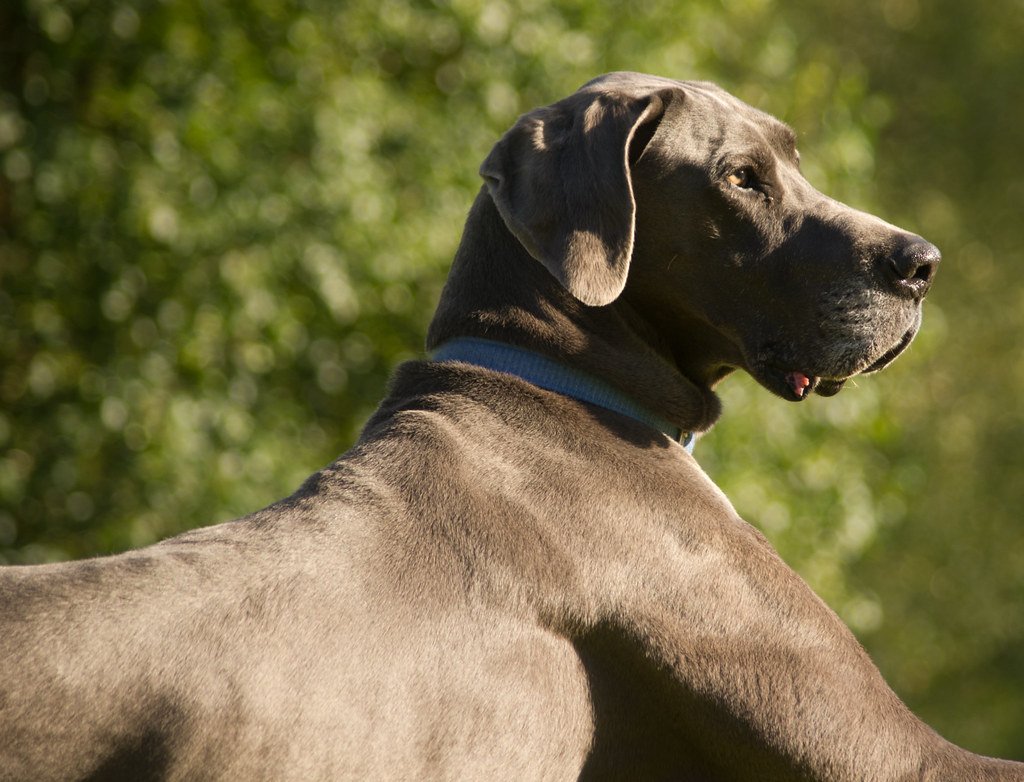
Let’s face it: Great Danes are expensive. Everything about them costs more—from the food and beds to the vet bills and travel accommodations. A routine checkup at the vet can cost double or triple what you’d pay for a smaller dog, simply because of their size and the potential for breed-specific health problems.
Even basic supplies, like collars, leashes, and toys, have to be heavy-duty and extra-large. Boarding or pet-sitting services often charge more for giant breeds. Before bringing home a Dane, it’s important to budget for these ongoing expenses. The love they give is enormous, but so is the financial commitment.
The Heartbreak of a Short Lifespan
Perhaps the most heart-wrenching reality of Great Dane ownership is their brief time with us. On average, they only live six to eight years, sometimes less. Watching your beloved companion age rapidly, develop health problems, and eventually say goodbye much sooner than expected is a pain every Dane owner dreads.
This short lifespan is a direct result of their large size and genetic predispositions. While their time with us is filled with joy and laughter, it’s always tinged with the knowledge that it won’t last long. It takes a special kind of courage to love a dog who leaves so quickly.
Great Danes are unforgettable animals—majestic, loving, and sometimes misunderstood. Their reputation as gentle giants is only part of the truth, and owning one comes with unique challenges and deep rewards. Are you ready for everything that comes with sharing your life with a giant?

Born and bred in South Africa, a Capetonian at heart. Amy-Leigh’s love for nature and animals was inherited from her Dad. He loves taking the family on road trips to experience nature at its finest; Amy-Leigh’s favourite being whale watching in Hermanus and spotting Kudu along the West Coast. Amy-Leigh holds a BA in English Literature and Communication Studies.

